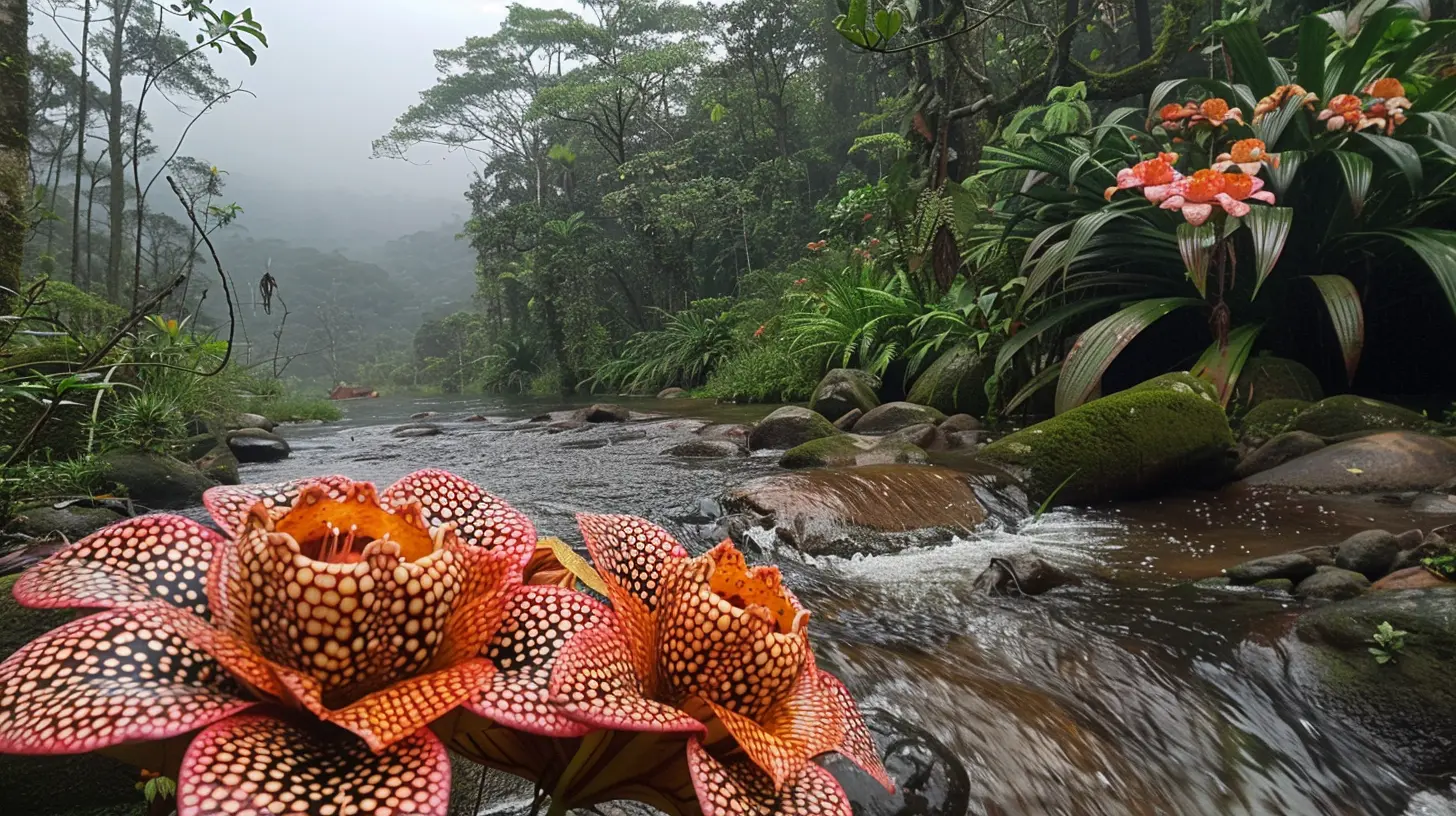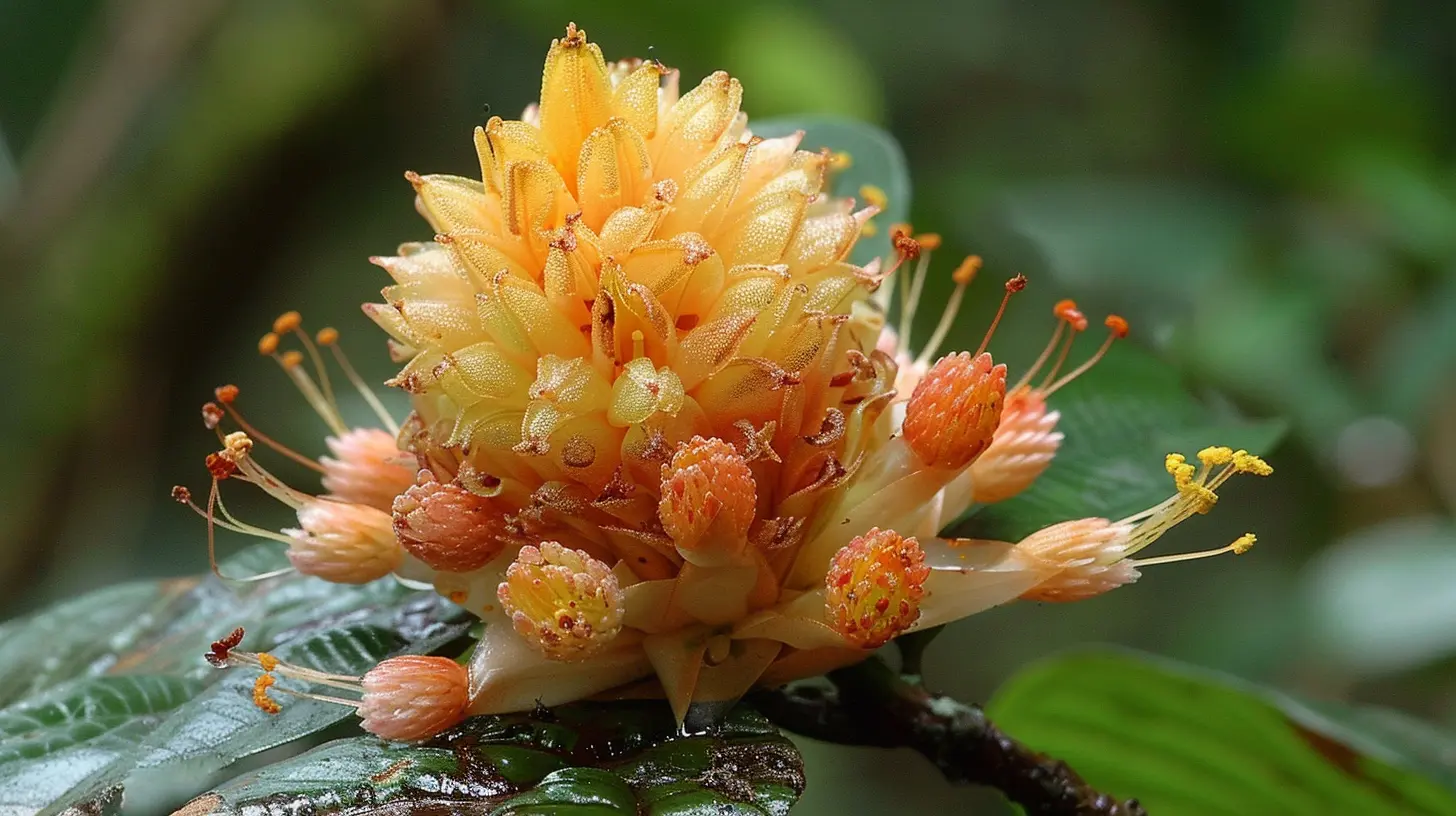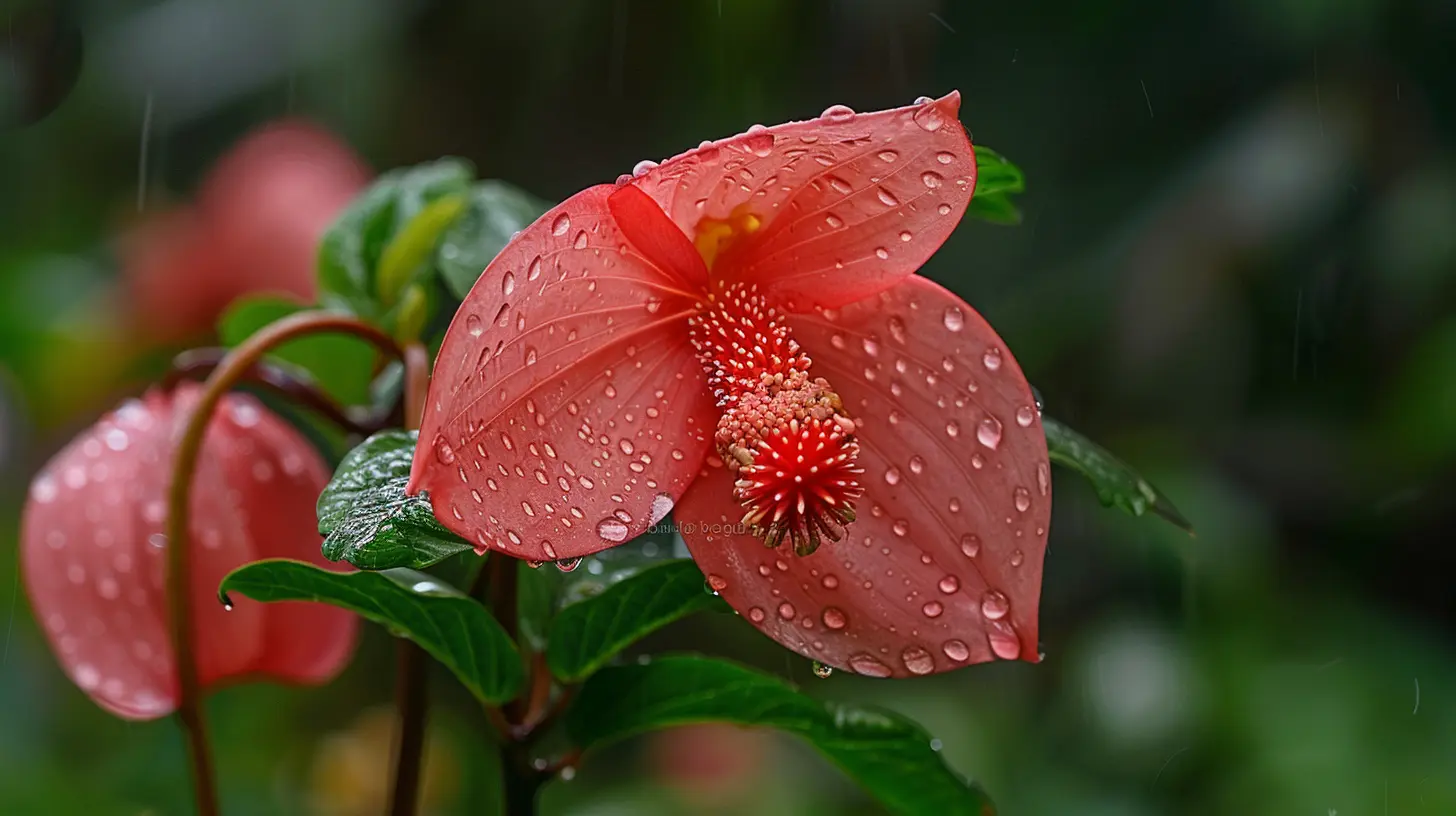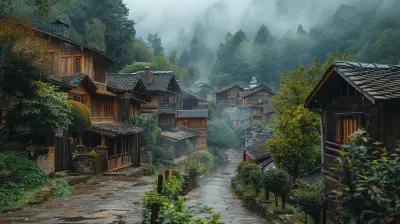29 March 2025
If you’ve ever wandered into the enchanting world of tropical rainforests—even just in your imagination—you already know they’re nothing short of magical. With their dense greenery, exotic blooms, and towering trees, these jungles are more than just home to some of the most vibrant plant life on Earth. They’re like nature’s own Green Cathedral, humming with life, mystery, and beauty.
But seriously, what makes the plant life in tropical rainforests so fascinating? Why are botanists, explorers, and nature lovers obsessed with these lush paradises? Let’s dive deep into the heart of these verdant jungles, explore their incredible flora, and uncover the secrets behind their jaw-dropping biodiversity. 
What Are Tropical Rainforests?
Before we geek out about the plants, let’s take a step back and quickly define tropical rainforests. These ecosystems are found near the equator, typically in regions such as the Amazon Basin, Congo Basin, Southeast Asia, and parts of Australia. They’re hot, humid, and—true to their name—rainy. Like, ridiculously rainy.But the rain isn’t the only thing that defines them. Tropical rainforests buzz with life, hosting more than 50% of all living plant and animal species on Earth. It’s like stepping into an all-you-can-see buffet for a biologist. 
Layers of Life: The Rainforest Structure
To fully understand the plant life here, picture the rainforest as a giant four-layered sandwich. No, not the kind you’d eat—but nature’s own vertical masterpiece:1. Emergent Layer – The VIPs of the plant world stand tall here. These trees rise above all else like skyscrapers, basking in the sunshine.
2. Canopy Layer – Imagine a tightly knit leafy umbrella. This is the top floor of the rainforest where most of the action happens—and many plants call it home.
3. Understory Layer – A twilight zone with dim light filtering in. Shrubs, young saplings, and shade-loving plants dominate this layer.
4. Forest Floor – Dank, dark, and often muddy, but don’t underestimate it—life thrives here too. It’s like the basement of the rainforest, where nutrient recycling takes center stage.
Each layer has unique plants adapted to thrive in their respective zones, and that’s what makes the rainforest truly fascinating. 
Iconic Rainforest Plants
The flora in tropical rainforests is so diverse it’ll make your head spin—in a good way! Let’s break down some of the most iconic species that define these lush ecosystems.1. Kapok Tree (Ceiba pentandra)
You know when someone says, “Go big or go home”? The kapok tree definitely gets it. Towering over 200 feet tall, this giant is one of the emergent layer’s most majestic creations. Its trunk is so massive you’d need a classroom of kids to form a human chain around it.Fun fact: Indigenous tribes believe the kapok tree connects the heavens and Earth—a fitting metaphor for these sky-high giants.
2. Bromeliads: Nature’s Water Tanks
Ever heard of plants that double as bathtubs? (Okay, maybe bathtubs is stretching it, but you get the idea.) Bromeliads are epiphytes, meaning they grow on other plants without being parasites. Their leaves form natural water reservoirs that serve as mini-ecosystems for frogs, insects, and even small animals.They’re like the Airbnb hosts of the rainforest.
3. Lianas: The Rainforest Ropes
If Tarzan taught us anything, it’s that living in the jungle means needing vines—lots of vines. Lianas are woody vines that snake their way up trees, creating highways for monkeys and other creatures to swing or climb.Without lianas, the rainforest would feel a little... well, incomplete, don’t you think?
4. Rafflesia: The Giant Stinker
Yes, the Rafflesia arnoldii deserves a mention even though it’s infamous for its awful odor. Why? Because it produces the largest flower in the world—up to three feet across!Its stench might remind you of rotting meat (yum?), but this “corpse flower” has a purpose: attracting flies for pollination. Mother Nature definitely has a twisted sense of humor.
5. Orchids: The Beauty Queens
Rainforest orchids are so delicate and strikingly beautiful they seem almost unreal. With over 25,000 species globally, these stunning blooms come in every shape, size, and color you can imagine.Think of orchids as the rainforest’s jewelry—small, intricate, and utterly dazzling. 
Adaptations: How Rainforest Plants Play the Survival Game
Living in such a competitive environment isn’t easy—even for plants. But tropical rainforests are like the Olympics of adaptation, and their flora knows how to stay ahead of the game:1. Drip-Tip Leaves
Ever wondered why so many tropical plants have pointy leaves? It’s not for decoration. Drip-tip leaves help plants shed excess rainwater so they don’t drown in the downpours.Basically, they’ve got built-in gutters.
2. Shallow Roots and Buttress Bases
The soil in rainforests isn’t exactly nutrient-rich (surprising, right?). So, plants like kapok trees develop shallow root systems to soak up nutrients near the surface, while also growing buttress roots for added stability. It’s like having stilts to prevent toppling over.3. Camouflage and Mimicry
Some plants take the whole “hide-and-seek” thing to another level by blending into their environment. Others mimic dangerous plants to scare away herbivores. It’s like they’re wearing costumes year-round—talk about commitment.Why Rainforest Plants Are Important
Okay, plant nerding out aside, let’s talk about their real-world importance. Rainforest flora isn’t just beautiful—it’s absolutely essential to our survival.- Oxygen Production: Rainforests are often called the lungs of the Earth. (Thank you, photosynthesis!)
- Medicinal Properties: Over 25% of all medicines we use today are derived from rainforest plants. That aspirin you popped? You can thank the rainforest for the inspiration.
- Climate Regulation: Rainforest plants absorb massive amounts of CO2, helping cool the planet and combat climate change.
- Biodiversity Hotspot: Rainforest plants don’t just benefit themselves; they support countless animals, insects, and even fungi in an intricate web of life.
Threats to Rainforest Flora
Unfortunately, all this awe-inspiring plant life faces serious threats. Logging, agriculture, urbanization, and climate change are taking a toll on rainforests worldwide. We're losing these irreplaceable wonders faster than we realize.But it’s not all doom and gloom. With conservation efforts and sustainable practices, we can help preserve these incredible ecosystems for generations to come.
How You Can Help
You don’t need to move to the Amazon and become the next Jane Goodall to make a difference. Here are some easy ways you can pitch in:- Support eco-friendly brands that source materials sustainably.
- Donate to organizations focused on rainforest conservation.
- Educate yourself and spread the word—knowledge is power!
- Reduce your carbon footprint (Think: plant-based diets, carpooling, and using less energy).
Every small action counts when we’re talking about something as critical as the future of rainforests.
Wrapping It All Up
Tropical rainforests are more than just visually stunning—they’re a lifeline for our planet. From towering kapok trees to delicate orchids, the flora here isn’t just a pretty face; it’s a crucial part of Earth’s intricate design.So, next time you think about rainforests, go beyond picturing lush greenery and exotic vibes. Think about the life they support, the oxygen you’re breathing, and the medicines that heal you—and maybe, just maybe, consider what you can do to protect these vital ecosystems.
Because let’s be honest: the world wouldn’t be the same (or nearly as beautiful) without them.




Lyanna Bailey
Exploring the vibrant plant life of tropical rainforests is like stepping into nature's own masterpiece! Each unique species tells a story of resilience and beauty, reminding us of the interconnectedness of our world. Let's cherish and protect these breathtaking ecosystems for future generations to enjoy and be inspired by!
March 30, 2025 at 3:44 AM